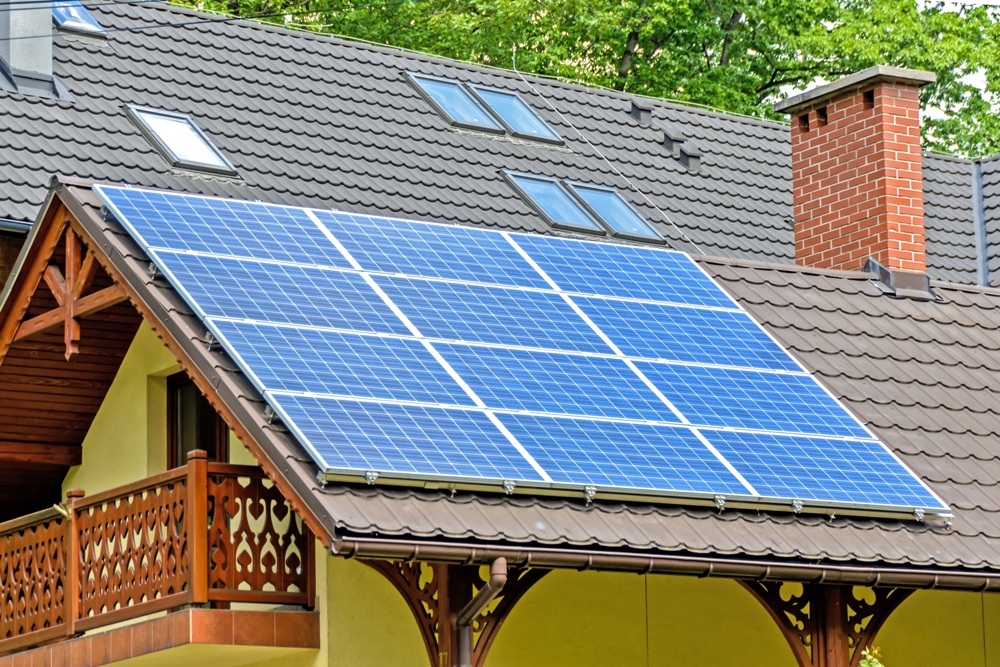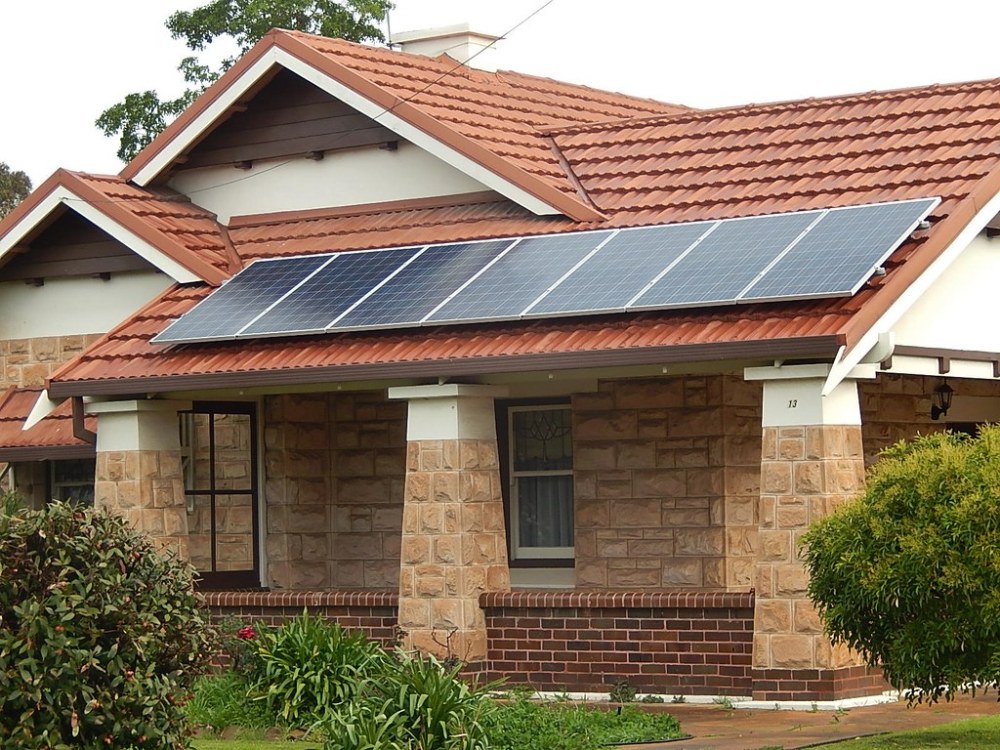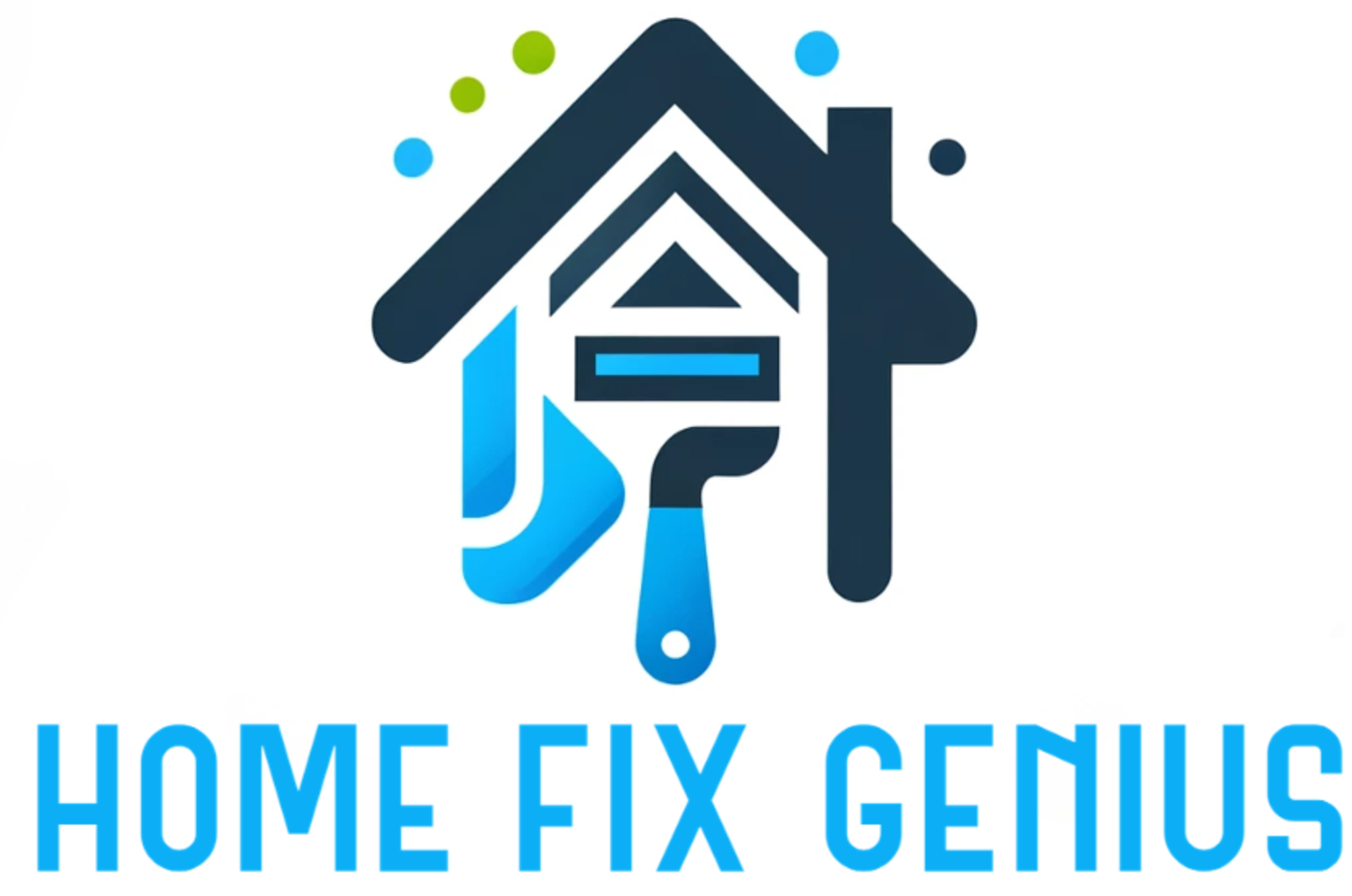
Harnessing the power of the sun is not just a dream of the future; it’s a reality of the present. In this comprehensive guide, we’ll explore everything you need to know about complete solar power systems, from how they work to their benefits and installation process. Whether you’re a homeowner looking to reduce your carbon footprint or a curious individual eager to understand renewable energy, this guide is for you.
Understanding Solar Power Systems
What is a Solar Power System?
At its core, a solar power system consists of solar panels, inverters, batteries, and mounting equipment. These components work together to capture sunlight, convert it into electricity, and store it for later use.
How Does Solar Power Work?
When sunlight hits the solar panels, the photovoltaic cells within them generate direct current (DC) electricity. The inverter then converts this DC electricity into alternating current (AC) electricity, which is usable in our homes.
Solar power systems operate silently and produce electricity without emitting greenhouse gases or other pollutants, making them an environmentally friendly alternative to traditional fossil fuels.
Components of a Complete Solar Power System
Solar Panels
Solar panels, also known as photovoltaic (PV) panels, are the backbone of any solar power system. These panels consist of multiple silicon cells connected to each other. When sunlight strikes these cells, they generate an electric current through the photovoltaic effect.
There are different types of solar panels available, including monocrystalline, polycrystalline, and thin-film panels. Each type has its advantages and disadvantages in terms of efficiency, cost, and suitability for different environments.
Inverter
The inverter is a crucial component of a solar power system as it converts the DC electricity generated by the solar panels into AC electricity, which is compatible with standard household appliances and the electricity grid.
Inverters come in various types, including string inverters, microinverters, and power optimizers. String inverters are commonly used in traditional solar power systems, while microinverters and power optimizers offer advantages such as individual panel monitoring and optimization.
Batteries
Batteries play a vital role in complete solar power systems by storing excess electricity generated during the day for use at night or during periods of low sunlight. This allows homeowners to maximize their energy independence and resilience against power outages.
The most common type of battery used in solar power systems is the lithium-ion battery, known for its high energy density, long cycle life, and fast charging capabilities. Other battery chemistries, such as lead-acid and saltwater batteries, are also available, each with its unique characteristics and applications.
Mounting Equipment
Mounting equipment, including racks, rails, and brackets, is used to securely attach solar panels to rooftops or ground-mounted structures. Proper mounting ensures that solar panels are positioned at the optimal angle and orientation to maximize sunlight exposure throughout the day.
Mounting equipment should be selected based on factors such as roof type, local weather conditions, and building codes. Professional installation is recommended to ensure the safety and effectiveness of the mounting system.
Advantages of a Complete Solar Power System
Clean and Renewable Energy Source
Solar power is a clean and renewable energy source that harnesses the abundant energy of the sun to generate electricity. Unlike fossil fuels, which emit greenhouse gases and contribute to climate change, solar power produces no harmful emissions during operation, making it an environmentally sustainable option for powering homes and businesses.
By investing in solar power, individuals and communities can reduce their carbon footprint and contribute to a cleaner, greener future for generations to come.
Lower Electricity Bills
One of the most significant benefits of installing a complete solar power system is the potential for long-term savings on electricity bills. By generating your electricity from the sun, you can significantly reduce or even eliminate your reliance on the grid, leading to lower electricity bills over time.
Solar power systems also offer protection against rising energy costs, as sunlight is a free and abundant resource that is not subject to price fluctuations or geopolitical tensions. With solar energy, you can lock in predictable electricity costs for years to come and enjoy greater control over your energy expenses.
Energy Independence
With a complete solar power system, you gain independence from traditional energy sources such as coal, oil, and natural gas. By generating your electricity onsite from sunlight, you reduce your dependence on centralized power plants and the electricity grid, giving you greater control over your energy supply and future-proofing your home against potential disruptions or shortages.
Solar power systems provide a reliable and resilient source of electricity that can operate independently of the grid during emergencies or grid outages. By incorporating battery storage and backup systems, you can ensure uninterrupted power supply for your home or business, even when the sun isn’t shining.
Installation Process of a Solar Power System
Site Assessment
Before installing a solar power system, a professional installer will conduct a thorough site assessment to evaluate your property’s suitability for solar panels. Factors such as roof orientation, shading, roof pitch, and structural integrity will be taken into account to determine the optimal location and configuration for your solar array.
During the site assessment, the installer will also consider your energy needs, budget, and aesthetic preferences to design a customized solar power system that meets your requirements and maximizes your return on investment.
Design and Permitting
Once the site assessment is complete, the installer will create a detailed design plan for your solar power system, including the layout of the solar panels, inverter placement, electrical wiring, and mounting hardware. The design plan will be submitted to the local permitting authority for review and approval to ensure compliance with building codes, zoning regulations, and safety standards.
Obtaining the necessary permits can take several weeks or months, depending on your location and the complexity of the project. Your installer will handle all the paperwork and permit applications on your behalf, making the process as smooth and hassle-free as possible.
Installation
Once the design plan is approved and permits are obtained, the installation process can begin. The installer will start by preparing the site and installing the mounting hardware, such as rails, brackets, and racking systems, to support the solar panels.
Next, the solar panels will be mounted onto the mounting hardware and wired together to form a complete solar array. The inverter and other electrical components will be installed and connected to the solar panels, and the system will be tested to ensure it is functioning correctly.
Inspection and Activation
After the installation is complete, a final inspection will be conducted by the local building inspector or permitting authority to verify that the solar power system meets all safety and quality standards. Once the system passes inspection, it will be activated, and you can start enjoying clean, renewable energy from the sun.
Your installer will provide you with instructions on how to monitor and maintain your solar power system to ensure optimal performance and longevity. With proper care and maintenance, your solar power system can provide clean, reliable energy for decades to come, saving you money and reducing your environmental impact.

FAQs About Complete Solar Power Systems
1. Are solar power systems suitable for all types of homes?
Yes, solar power systems can be installed on various types of homes, including single-family houses, apartments, condominiums, and even mobile homes. As long as there’s adequate sunlight exposure, solar panels can be a viable option for generating electricity and reducing energy costs.
2. How long do solar panels last?
Solar panels are designed to last for 25 years or more, with most manufacturers offering warranties of 20 to 25 years on their products. With proper maintenance and care, solar panels can continue to generate electricity efficiently for decades, providing a reliable and cost-effective source of renewable energy for your home or business.
3. Do I need to clean my solar panels regularly?
While solar panels are relatively low-maintenance, it’s a good idea to clean them periodically to remove dirt, dust, pollen, bird droppings, and other debris that may accumulate on the surface. Dirty solar panels can reduce the efficiency of your system by blocking sunlight and preventing the photovoltaic cells from absorbing light effectively.
4. Can I still use electricity during a power outage with a solar power system?
It depends on whether your solar power system includes battery storage. If you have batteries installed as part of your solar power system, you can continue to use electricity during a power outage, even when the grid is down. Battery storage allows you to store excess electricity generated by your solar panels during the day and use it at night or during emergencies when the sun isn’t shining.
5. How much can I save with a solar power system?
The amount you can save with a solar power system depends on various factors, including your electricity usage, local energy rates, the size and efficiency of your system, and available incentives and rebates. In general, homeowners can save thousands of dollars over the lifetime of their solar power system by generating their electricity from the sun and reducing their reliance on the grid. By investing in solar power, you can lock in predictable electricity costs and enjoy long-term savings on your energy bills while reducing your carbon footprint and contributing to a cleaner, greener planet.
